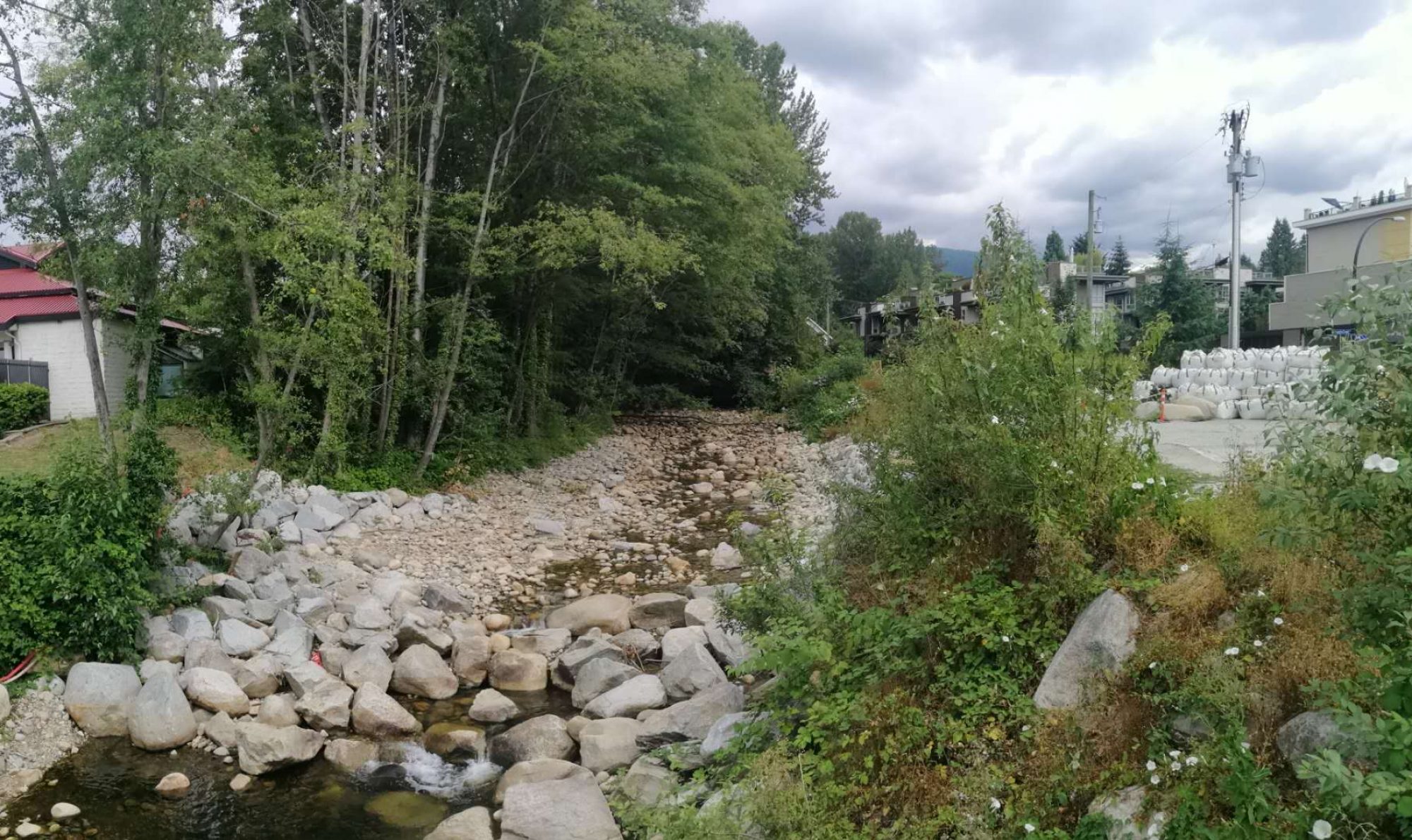The goal of this project is to provide suggestions on the selection of LID practices based on implications from runoff-causing precipitation event frequency analysis and sensitivity to land use changes. It can be inferred that runoff-causing storm event frequencies increase with elevation, yet the relationship is not merely linear. A quantitative analysis on Tier B and Tier C events indicates that higher elevation zones not only experience more frequent runoff-causing Tier B and Tier C events, but also receive greater depths of precipitation. When designing the LID practices, developers should meet the mitigation targets set by individual municipalities as well as surviving the less frequent extremes. The frequency of runoff-causing precipitation events and precipitation amounts are vital factors to consider when designing and selecting the LID practices, as the mitigation targets are influenced by the frequencies of runoff-causing storm events. Normally greater precipitation amounts and larger surface discharge rates are correlated (Stephenson, editor, 2000).
Water Balance Model (WBM) was used to facilitate the assessment of impervious surface areas’ impact on hydrological processes. Analyses on lower watershed and middle watershed support Dudley et al.’s conclusion (2001) that the sensitivity towards impervious surface area changes is positively correlated to the extent of imperviousness. Among the three LID practices recommended in this project, middle watershed’s discharge rates with multiple return periods would be restored to predevelopment scenarios through absorbent landscapes and rain gardens. However, considering the financial commissions, absorbent landscapes might be preferred by developers. In contrast to the performances of selected LID practices in the middle watershed, only rain gardens’ 2040s projection meets the target to reduce discharge rates to predevelopment levels in the lower watershed. Given that the lower watershed is more urbanized than the middle watershed, it can be inferred that rain gardens representing LID practices with storage facilities perform better in highly developed areas potentially due to the loss of soil water holding capacity, whilst the surface enhancement such as absorbent landscapes is more likely to be favoured in comparably less developed areas regarding development budgets.
The results yield far-reaching implications. It would be of great value to conduct more runoff inducing precipitation frequencies analyses over a larger temporal and spatial scale as well as more runoff discharge rate and depth analyses to acquire not only a thorough understanding of how the frequencies are related to elevation but also how the hydrological processes in a watershed will change due to altered land uses and implementation of runoff reduction practices (e.g., LID). Overall, the case study provided supportive analyses for urban stormwater management based on runoff-causing precipitation and land uses in Mosquito Creek Watershed, and the methodology used in this study is applicable to other impervious surface change and urban stormwater management studies.

 Follow
Follow